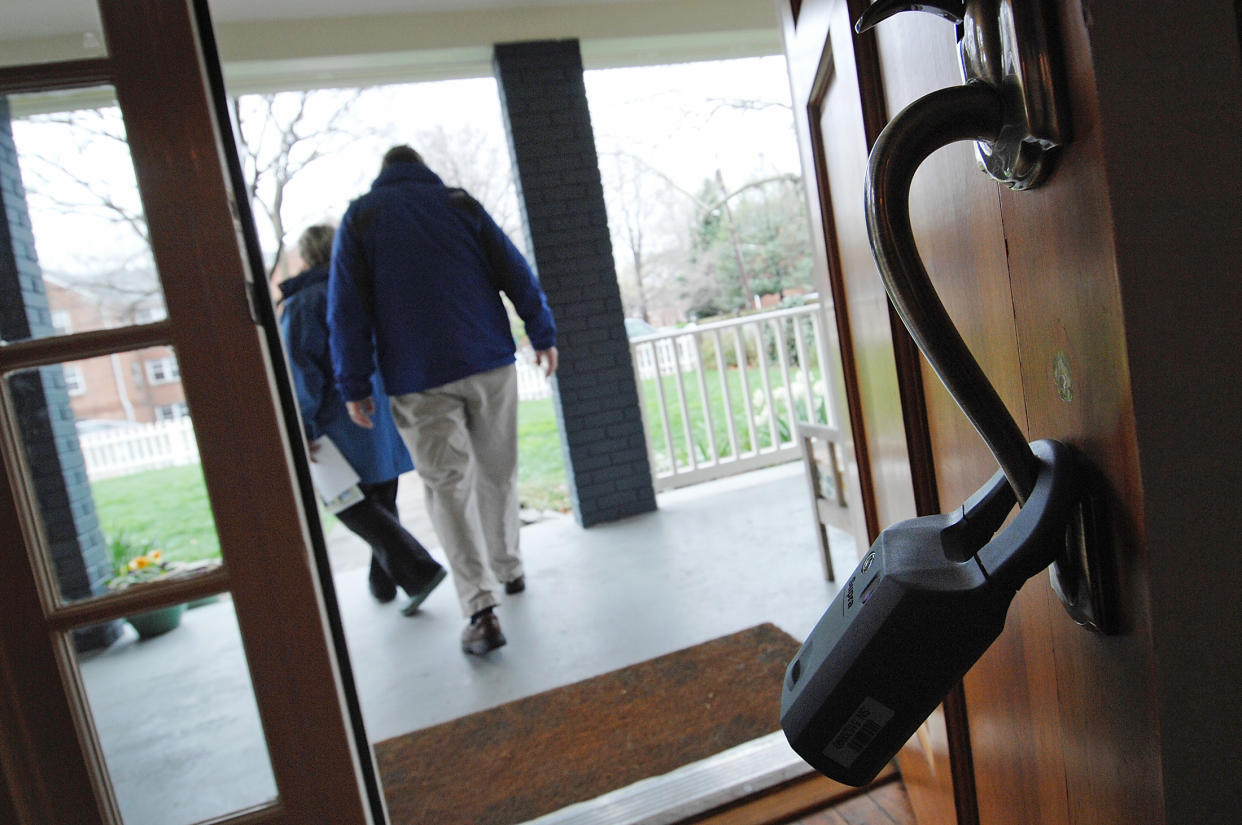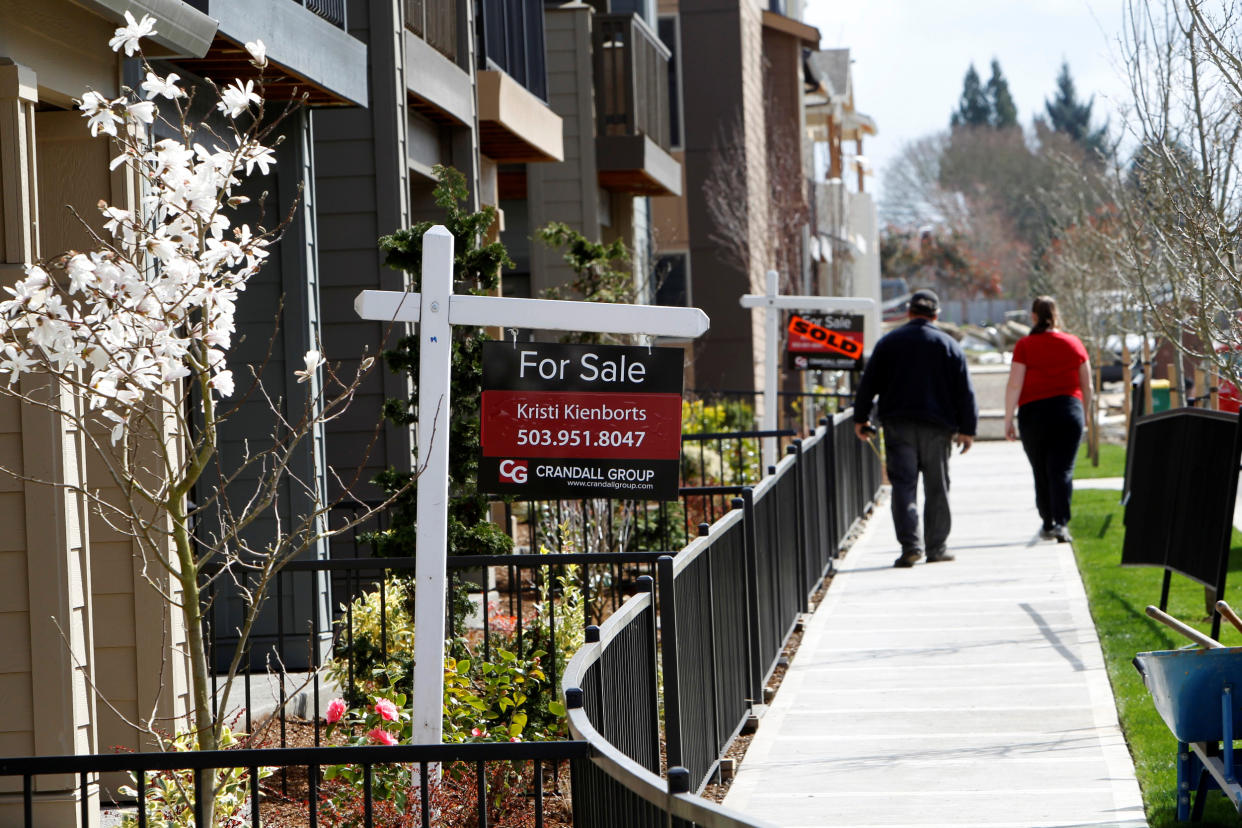Mortgage rates edge higher, further adding to housing's challenges
Mortgage rates reversed course and edged higher this week, prompting rate-sensitive buyers to pull back and further cementing supply problems in the market.
The average rate on the 30-year fixed mortgage increased to 6.39% this week from 6.35% the week prior, Freddie Mac found. The rate has stayed above 6% since mid-September of last year.
Elevated rates and home prices continue to crush affordability for many homebuyers, while rate-trapped homeowners are forgoing listing their homes for sale – worsening an inventory-strained market.
“Affordability and inventory is still an issue,” Keith Gumbinger, vice president of HSH.com, told Yahoo Finance. “There’s not a lot of houses to buy so even where there is demand, it’s really hard for sales to pick up based upon nothing to buy. If you do find something to buy, it’s still very expensive and financed at fairly high rates.”
Would-be homebuyers retreat
Several reports this week show that buyers aren’t closing deals.
The volume of mortgage applications to purchase a home dropped 4.8% on a seasonally adjusted basis last week, the Mortgage Bankers Association found. Interest in government loans backed by the Federal Housing Administration and Veterans Affairs — which typically attract first-time and moderate- to low-income buyers — also fell.
“Purchase applications decreased to the slowest pace in a month, as buyers remain wary of this rate volatility,” Joel Kan, MBA’s vice president and deputy chief economist said in a statement, “but also as for-sale inventory in many parts of the country remains scarce.”

Existing home sales also dropped in April as buyers struggled to find properties to buy. While the number of homes for sale increased 7.2% from March, the seasonal uptick was smaller than historic norms.
The lack of inventory has pushed home prices higher.
For instance, real estate analytics firm Altos Research found that the median price of a single-family home was $449,913 for the week ending May 15, unchanged from last week, but up from $445,000 the week ending May 1.
“Affordability is a tremendous issue over the last couple of years largely related to interest rates, but also to the significant increases in home prices,” Gumbinger said. “It’s become much more of a challenge.”
For-sale inventory is lacking

Potential sellers are also sensitive to rates — with many deciding against listing their home to keep their current, low mortgage rate. Currently, 83% of homeowners have mortgages with rates below 5%, according to an analysis from First American Chief Economist Mark Fleming.
Only 81,000 new listings hit the market for the week ending May 15, according to an analysis from Altos Research President and founder Mike Simonsen, or 17% fewer than last year. By comparison, last year there were 100,000 new single-family listings each week.
“It’s a tough situation for buyers,” Gumbinger said. “You can build up your savings, maybe get a raise or have a better income. But again, it’s coming back to the starting point, which is that there just aren’t enough houses to buy even to meet the demand out there.”
Only 420,000 single-family homes were on the US market last week, which is essentially unchanged from the previous week.
“The fact that inventory still isn’t increasing measurably by mid-May is really notable. In 2022, inventory was climbing by 4-6% per week,” Simonsen wrote. “This year is different.”
Gabriella is a personal finance reporter at Yahoo Finance. Follow her on Twitter @__gabriellacruz.
Read the latest financial and business news from Yahoo Finance
